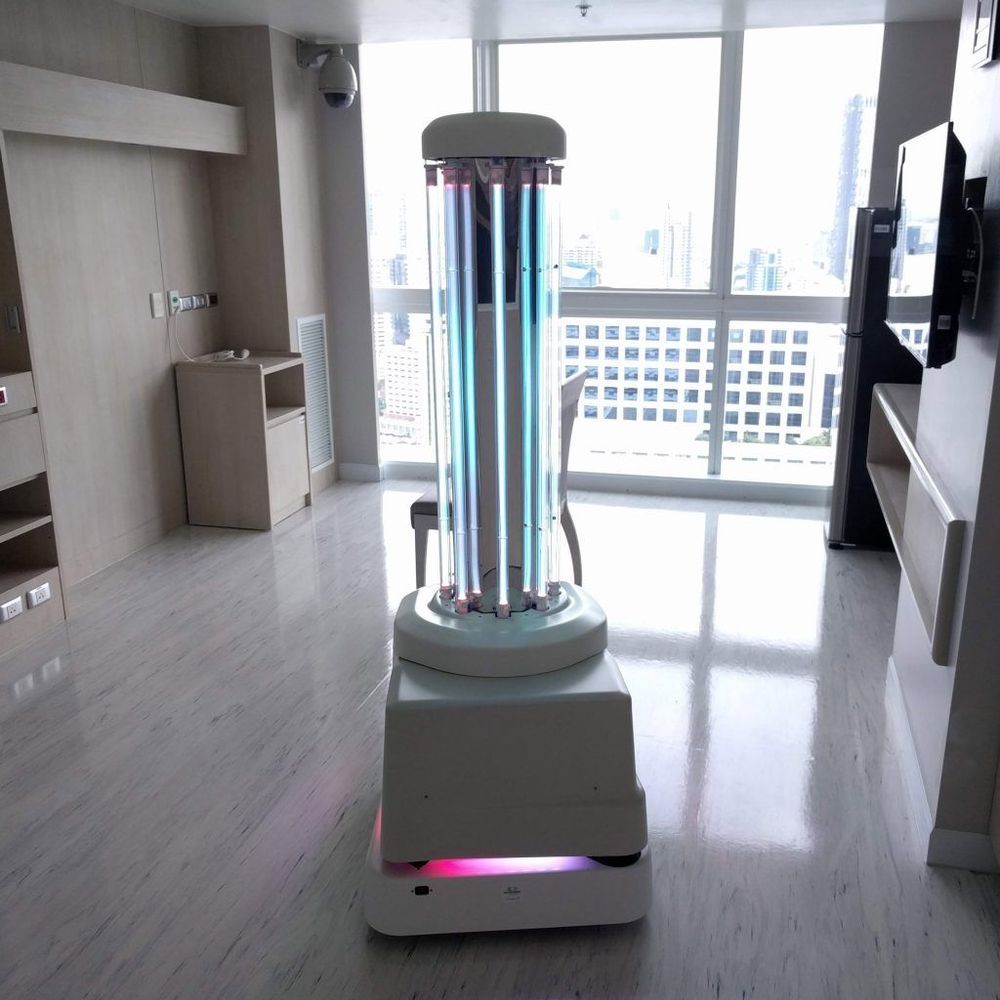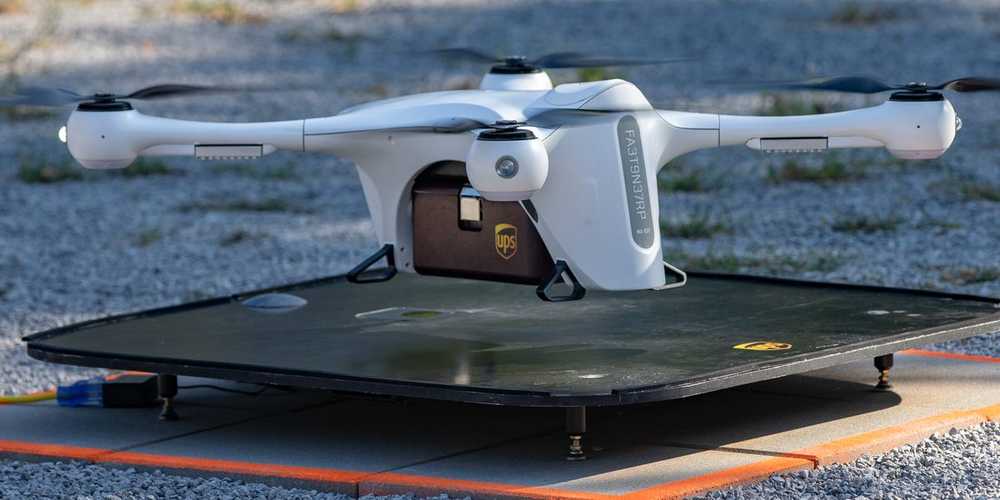Video Friday is your weekly selection of awesome robotics videos, collected by your Automaton bloggers. We’ll also be posting a weekly calendar of upcoming robotics events for the next few months; here’s what we have so far (send us your events!):
Let us know if you have suggestions for next week, and enjoy today’s videos.
These videos show some highlights from the Lake Kivu Challenge, which took place in Rwanda earlier this month. In addition to a conference and forum, international teams and their drones competed in emergency delivery, sample pick-up, and find and assess tasks.





